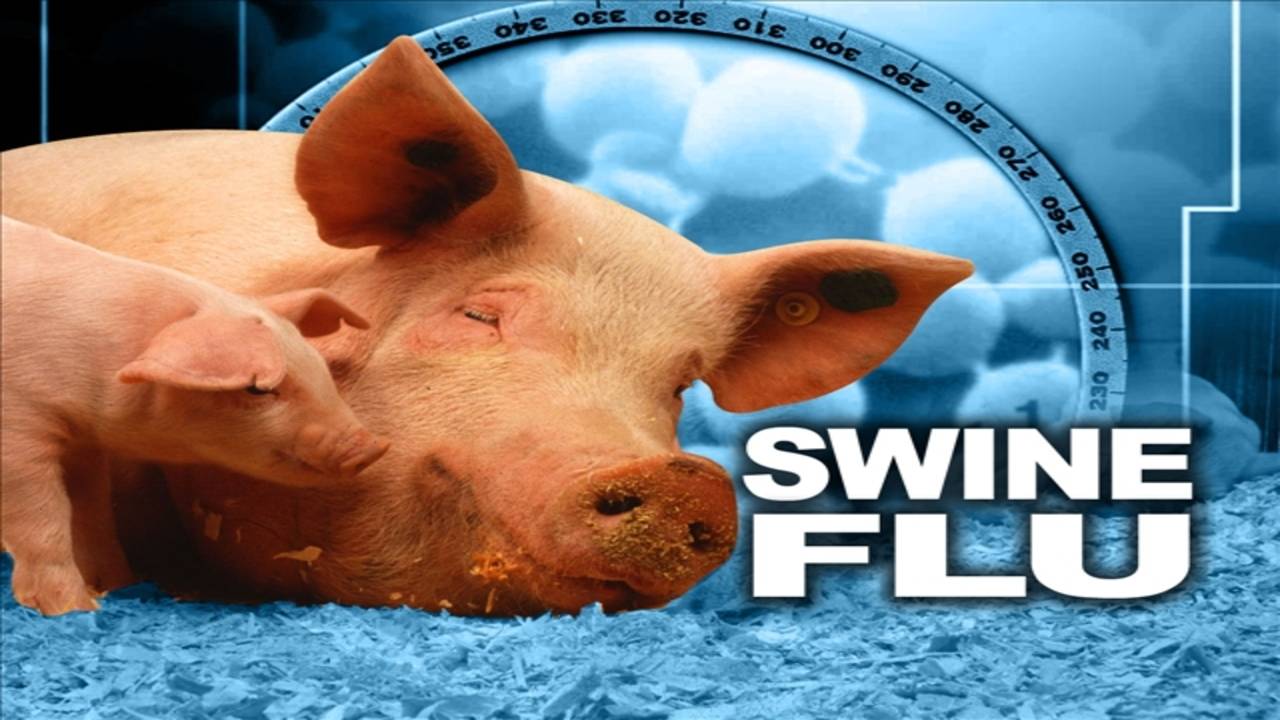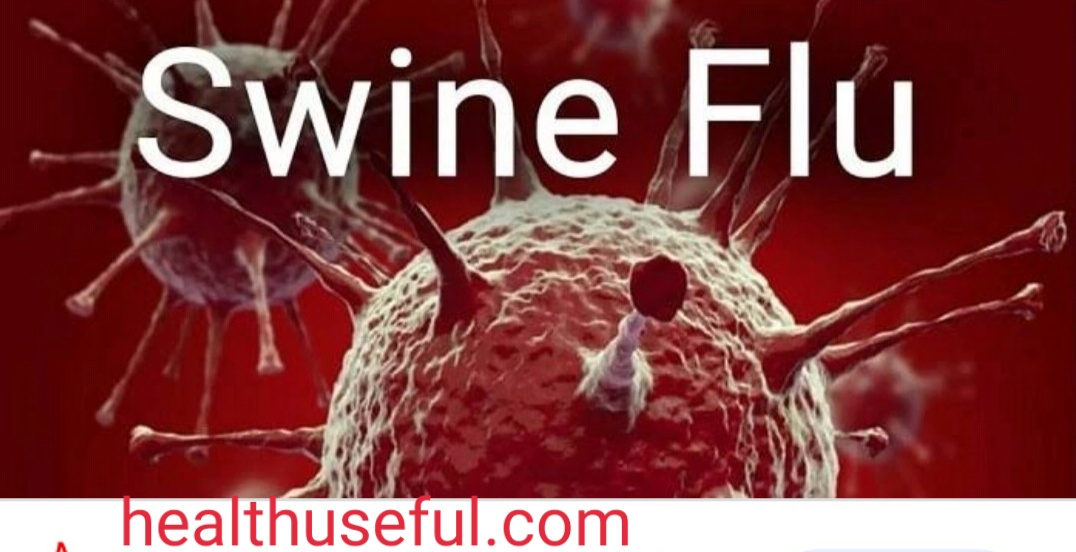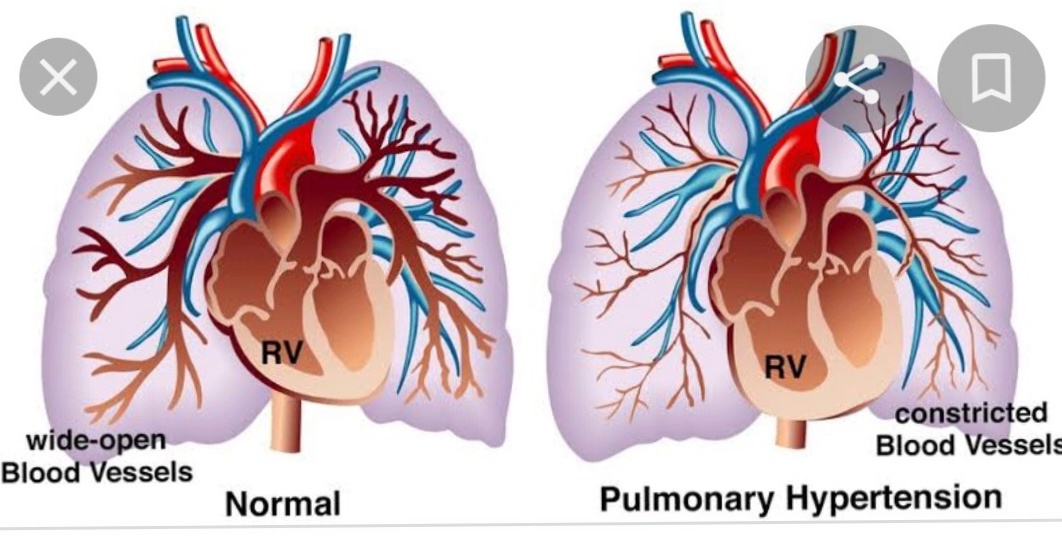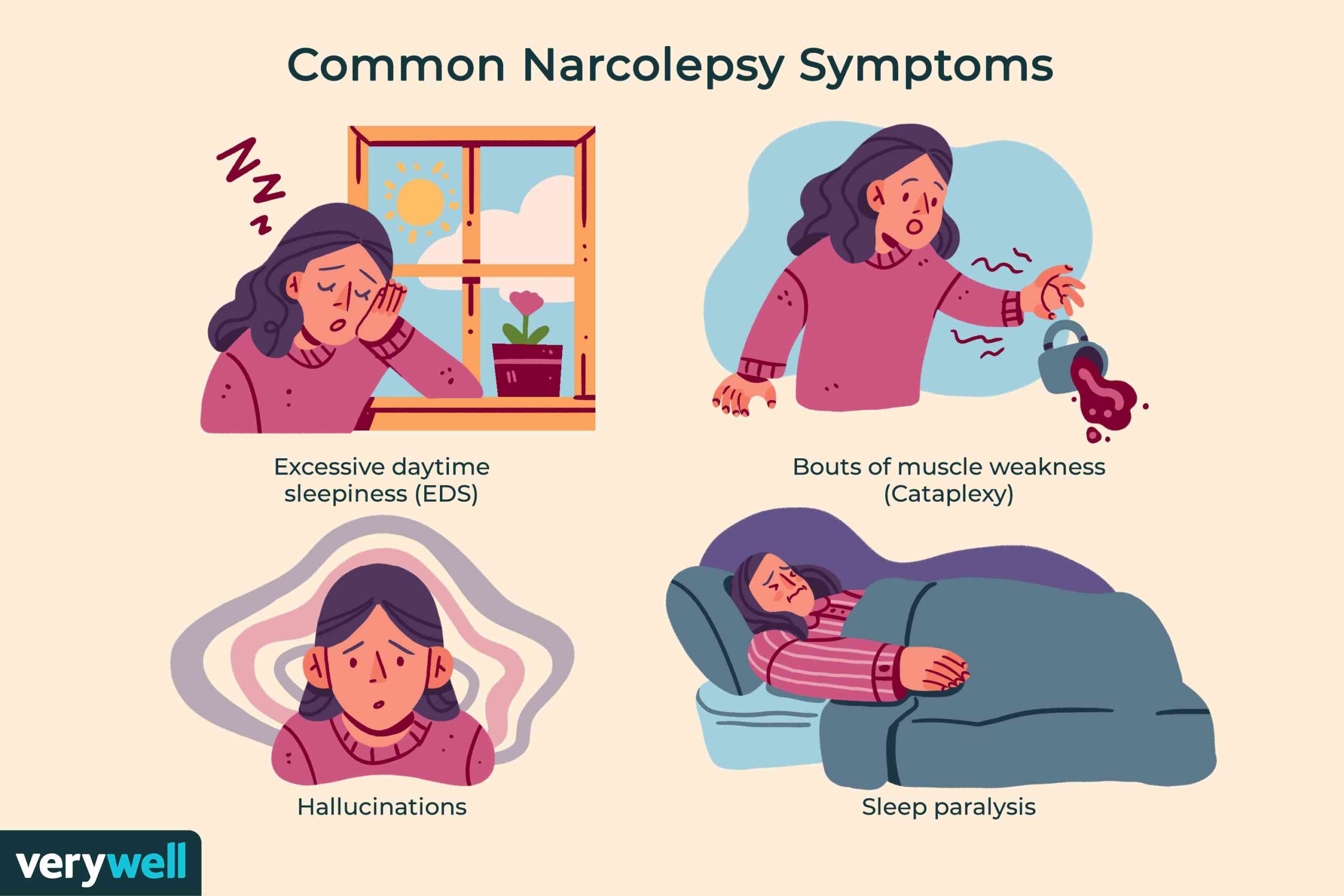SWINE FLU/H1N1 INFLUENZA- Details –
Swine flu, known as H1N1 influenza, is a respiratory illness in pigs that is triggered by influenza A viruses, and although it usually does not infect humans, human cases can happen, particularly through close interaction with infected pigs.


Here’s a more detailed explanation:
What is Swine Flu?
Cause:
Swine flu results from influenza A viruses that are present in pig populations.
Types:
There exist various subtypes and strains of swine influenza viruses, including H1N1, H1N2, and H3N2.
Human Infection:
Though swine influenza mainly affects pigs, humans can sporadically become infected, especially those who are in close proximity to infected pigs or contaminated settings.
Pandemic:
The H1N1 influenza pandemic of 2009, commonly called “swine flu,” was triggered by a novel strain of H1N1 influenza A virus that transmitted easily from person to person.
How does it spread to people?
Direct Contact:
Individuals can contract the virus through direct contact with infected pigs or their bodily fluids (such as saliva, urine, feces, and blood).
Indirect Contact:
Touching surfaces that are contaminated (like those found on pig farms) and subsequently touching your face can also cause infection.
Human-to-Human Transmission:
Although infrequent, the transmission of swine influenza viruses from one human to another can take place, particularly during the pandemic of 2009.
Symptoms
Symptoms resemble those of seasonal influenza and may include fever, cough, sore throat, body aches, and fatigue.
In certain instances, swine flu can result in more severe complications such as pneumonia or other respiratory issues.
Prevention
Vaccination:
Vaccines exist to safeguard against seasonal influenza, which may also extend some protection against swine flu.
Good Hygiene:
Maintaining good hygiene practices, like regular handwashing, can aid in preventing the spread of influenza viruses.
Avoid Contact:
If you are interacting with pigs, implement measures to avoid contact with their bodily fluids and contaminated surfaces.
Swine influenza is a respiratory illness in pigs that is caused by type A influenza viruses, which frequently lead to outbreaks of influenza among pigs. The influenza viruses that typically circulate within swine are referred to as “swine influenza viruses” or “swine flu viruses. ”
H1N1 flu commonly known as swine flu is caused by H1N1 strain of influenza virus.H1N1 is a kind of influenza A virus and H1N1 is one of the several flu virus that can cause tha seasonal flu.There is no difference in the symptoms of H1N1 flu and seasonal flu.Following are the important things regarding this virus
Prabha ENT Clinic, Plot no 345,Saigram Colony, Opposite Indoline Furniture Ambad Link Road ,Ambad ,1 km From Pathardi Phata Nashik ,422010 ,Maharashtra, India-Dr. Sagar Rajkuwar (MS-ENT), Cell No- 7387590194, 9892596635
For update on further important health related topics and frequently asked questions on health topics by general population please click on the link given below to join our WhatsApp group –
https://chat.whatsapp.com/Lv3NbcguOBS5ow6X9DpMMA
Here’s a more comprehensive outline:
Incubation Period:
The interval from viral exposure to symptom emergence is typically 1-4 days, averaging 2 days.
Infectious Period:
Individuals are deemed contagious for roughly 5 days following the appearance of symptoms, although children might remain contagious for a longer time.
Duration of Symptoms:
On average, symptoms persist for about 8 days.
Recovery:
The majority of individuals recuperate from H1N1 within a few days to a week, yet some may endure a prolonged recovery time, particularly if complications occur.
Fatigue and Weakness:
Even though the acute illness may resolve within 7-10 days, fatigue and weakness can last for a more extended period.
Here’s a more detailed explanation:
How it spreads:
Animal-to-human: Individuals can get infected by being in close contact with pigs that are infected or environments that are contaminated with the virus.
Human-to-human: Swine flu viruses can transfer from one person to another, akin to seasonal flu, through coughing, sneezing, or by touching surfaces that are contaminated and then touching the nose or mouth.
Symptoms:
The signs of swine flu in humans are comparable to those of typical seasonal flu and encompass fever, cough, sore throat, body aches, headache, chills, and fatigue.
Prevention:
Avoid contact with infected pigs: If you are handling or near pigs, take measures to prevent contact with infected animals or contaminated environments.
Practice good hygiene: Frequently wash your hands using soap and water, particularly after coming into contact with pigs or surfaces that might be contaminated.
Cover your coughs and sneezes: Employ a tissue or your elbow to cover your mouth and nose when you cough or sneeze.
Get vaccinated: The seasonal flu vaccine can assist in providing protection against certain types of influenza viruses, including swine flu.
Treatment:
Antiviral drugs, such as oseltamivir (Tamiflu) or zanamivir (Relenza), may be utilized to manage swine flu infections.
Prabha ENT Clinic, Plot no 345,Saigram Colony, Opposite Indoline Furniture Ambad Link Road ,Ambad ,1 km From Pathardi Phata Nashik ,422010 ,Maharashtra, India-Dr. Sagar Rajkuwar (MS-ENT), Cell No- 7387590194, 9892596635
Issued in public interest by –
www.entspecialistinnashik.com







